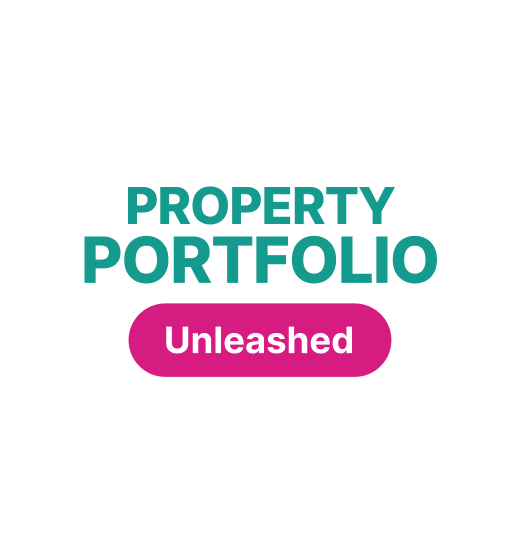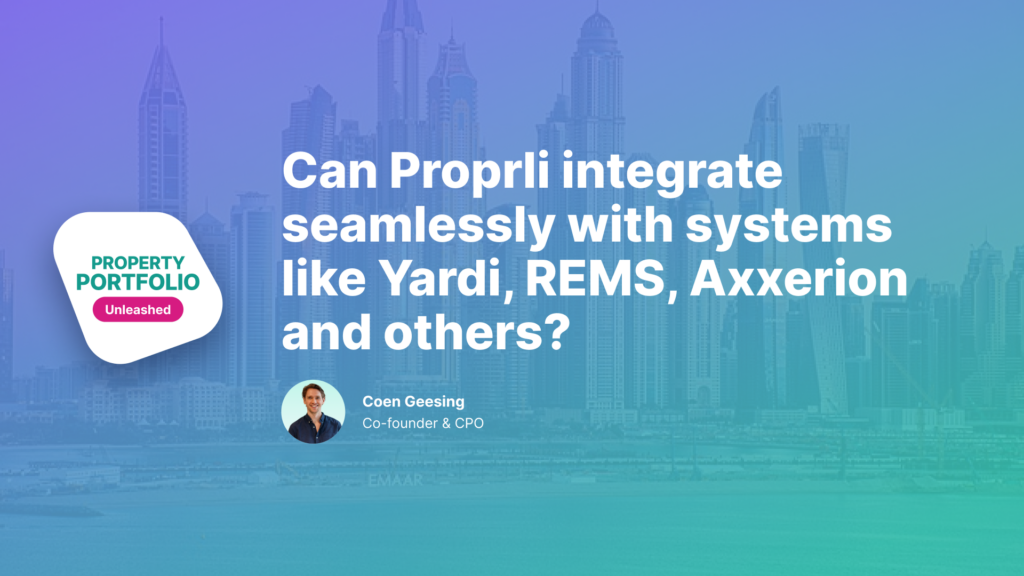Key Takeaways
The gap between asset management and property management lies in the divergence of goals and lack of effective collaboration.
Bridging this gap requires both stakeholders to operate on the same platform, making goals and actions visible to all parties.
Understanding the impact of projects on overall sustainability plans can motivate property managers and lead to better decision-making.
Effective collaboration and clear communication are key to aligning all stakeholders towards the same objectives.
In the real estate industry, aligning various stakeholders towards the same goals is a daunting task. This is particularly challenging when dealing with asset management and property management, two key areas that often operate in silos. The gap between these two crucial elements can hinder the overall success of a real estate business. This article explores the disconnect between asset management and property management and presents strategies on how to bridge this gap.
Understanding the gap
The crux of the issue lies in the divergence of goals between landlords and property management companies. Landlords often have extensive ESG (Environmental, Social, and Governance) departments that craft sustainability goals and plans. However, the execution of these plans falls on the property managers who are on the ground. They are responsible for maintenance plans, project quotes, service provider management, and tenant communication.
The problem arises when these two stakeholders fail to collaborate effectively. Communication is often limited to emails and phone calls, and there is no live asset management or sustainability plan. Property managers, who are the main data providers for sustainability reporting, are often left in the dark about the impact of their work on the overall sustainability plans.
Bridging the gap
The first step in bridging this gap is to have both stakeholders operate on the same platform. This includes making the goals, KPIs, sustainable development goals, and OKRs visible to each stakeholder.
The impact of projects and maintenance plans should be made clear to everyone involved. This not only ensures alignment but also motivates the team as they can see the impact of their work.
Effective collaboration also entails logging all qualitative decisions related to projects and maintenance plans in a centralized system. This will ensure that everyone understands why certain decisions were made or why a project was postponed.
The impact of collaboration
When property managers understand the impact of their work, it can be highly rewarding. For instance, if a roof renovation project has energy-reducing effects, understanding its impact on the overall carbon pathway can be motivating. Similarly, understanding the implications of postponing a project on ESG regulation compliance can lead to better decision-making.
In conclusion, bridging the gap between asset management and property management requires effective collaboration, clear communication, and a shared platform. By making goals and actions visible to all stakeholders, we can inspire those working on the ground and ensure alignment towards the same objectives.






